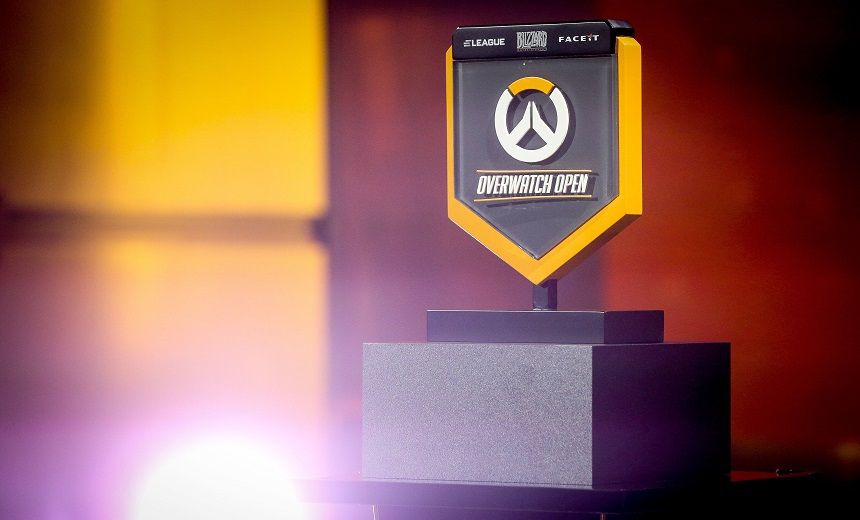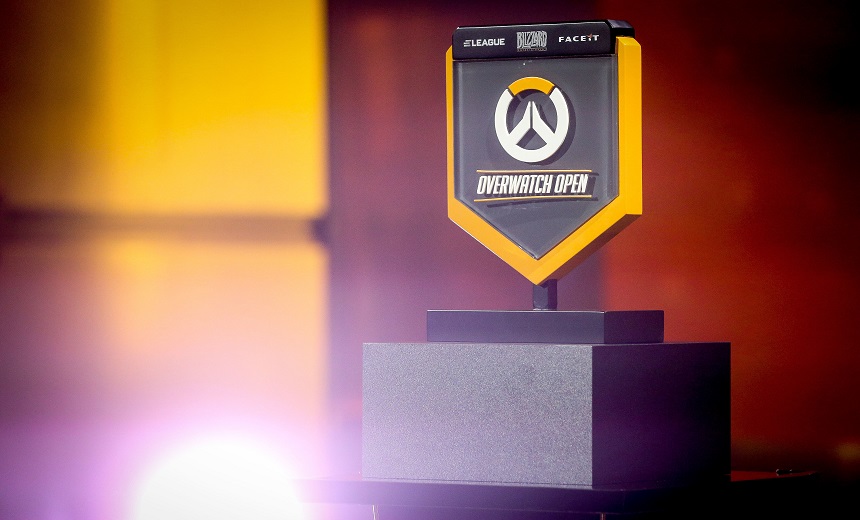
A few days ago, Bobby Kotick, one of Blizzard's executives, seeemingly confirmed the company would be moving forward with the creation of an Overwatch League in the near future. While the details have not been fully fleshed out, we can assume they’ll be drawing influence from two current success stories: the League of Legends Championship Series and the Valve Major system. To best understand what Blizzard should look at when creating their own variation, I decided to break down what makes each system work, as well as put forth some points of consideration for the future.
The National League
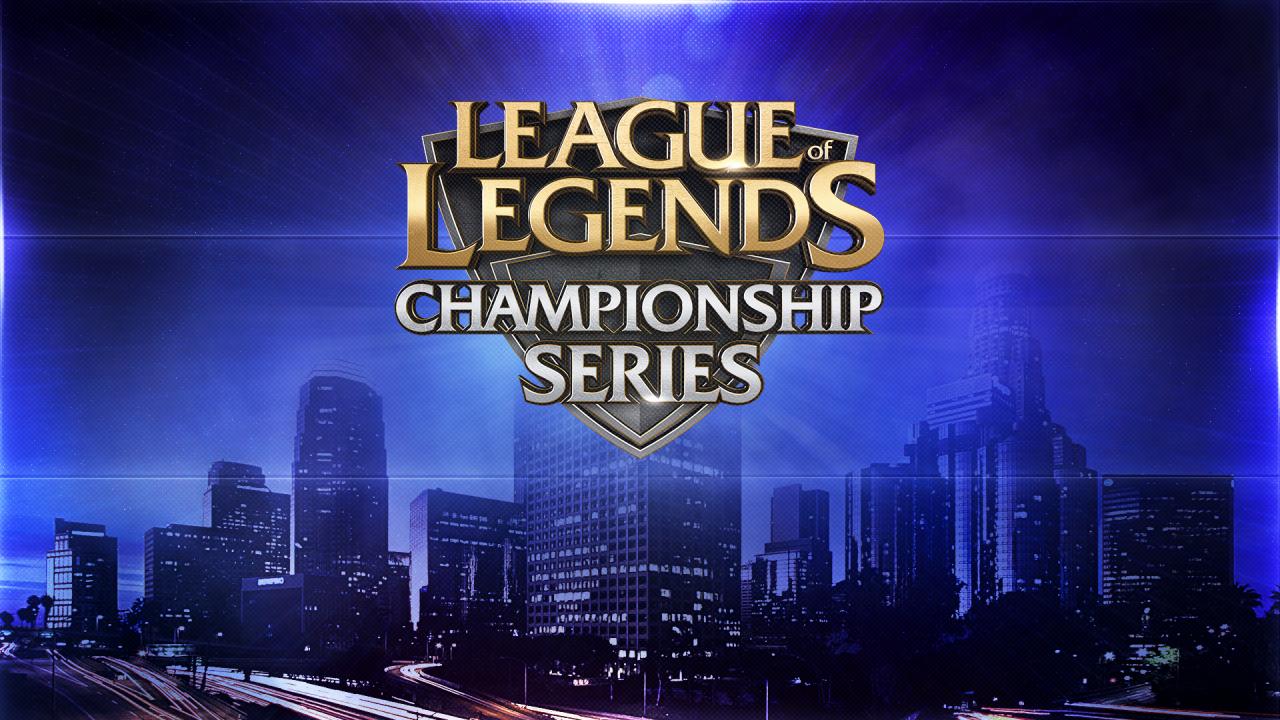
The LCS and other similar leagues base their schedule around a single domestic offline league. Teams are only allowed to belong to one league, with limitations based on the region the team is based in. Teams are contracted by the league to play a specific number of games over a designated period of time. These leagues often have multiple seasons with a few weeks break in the middle.
As the first league of its kind, the LCS actually presents many interesting benefits. The first area to examine is the financial benefits: Currently, players are paid by Riot through a stipend, given to the teams. Teams are also given a bonus by Riot based on their placing at the end of the season. While the salary is not ridiculously high, having some sort of financial return on investment is invaluable, especially by helping organizations pay for operations and player costs.
From a marketing standpoint, the LCS facilitates the creation of player brands. Much like how the NFL has trained fans to tune in on Sundays for games, the LCS creates a consistent schedule for its fans and viewers. By creating a competitive calendar, which can be set in stone as early as the beginning of the season, the LCS ingrains itself in the viewer’s schedules and establishes a foundation audience. The long-form style of each league enables the creation of storylines to keep an audience excited for the next game. The compilation of data over long periods of time gives a deeper look into player tendencies and histories, which builds a strong bond between fans and the (cyber) athlete. This bond will perpetuate through roster changes, or even career changes, strengthening the player’s brand. A strong bond often means players have viable career opportunities after retirement because of name recognition.
Expanding further, after securing a viewer base, the weekly broadcast schedule opens opportunities for long term sponsorships. In contrast to week-long tournaments, a league allows for continuous exposure of product placement to the audience, which incentivizes bigger sponsors to enter into the scene. While we haven’t seen this directly in the EU and NA LCS, we have seen some of this in the form of OGN title sponsors, Olympus, Azubu, and Hot6ix before the formation of the League of Legends Champions Korea (LCK).
The Major League
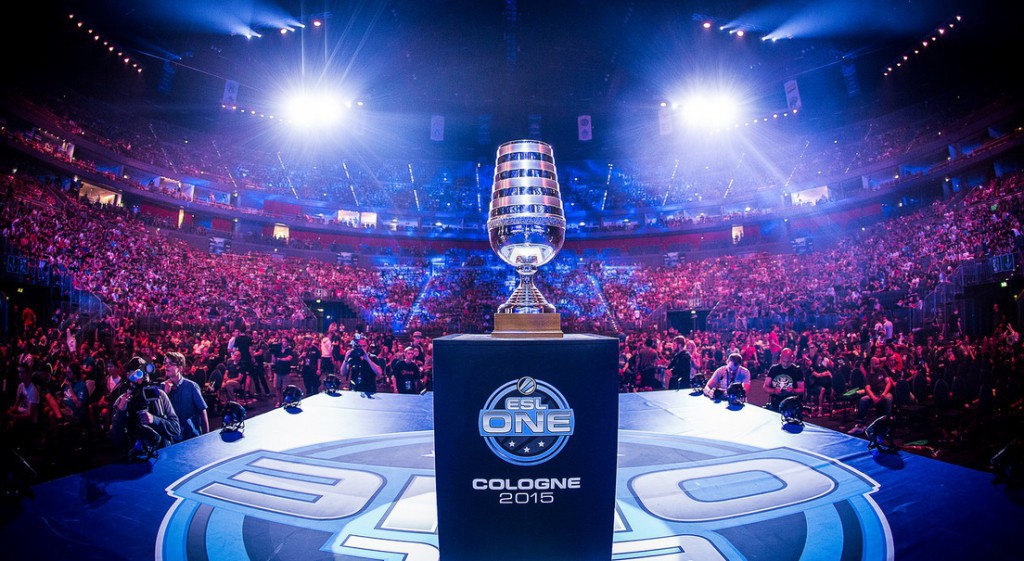
On the other hand, we have the Valve Major model. While the LCS revolves around a single offline league per region, the Major model focuses on a static set of premier-level tournaments, where top teams come together to compete. Online tournaments and smaller lower profile events fill out the rest of the competitive calendar.
Despite the previously noted strengths of the LCS, the Major system has its own perks. For one, the Valve model provides more flexibility in its structure. While the League of Legends competitive calendar revolves around domestic leagues, there is no such centerpoint for the Major system. This means teams have more freedom to attend the LANs they want and schedule online tournaments around personal convenience. While this doesn’t seem like a big deal, it does mean teams who do not have the immediate funding for a team house close to the offline studio location are still able to actively participate in the competitive scene. The plethora of online tournaments also opens the door to developing teams to make their way into a scene.
The greatest strength associated with the Major system is the number of high profile international events. Nothing creates storylines, or draws the attention of viewers, more than an international showdown between the top teams. With a large cash prize, bundled with high production value, the majors become a way to show off the scene and generate high levels of interest from their audiences. The crux of this success stems off of the ability for organizations to hold multiple world-scale events throughout the year. Meeting the numbers threshold for these types of events prevents underbooking the calendar, while also having enough gameplay to build storylines between each major.
Throwing Change-ups
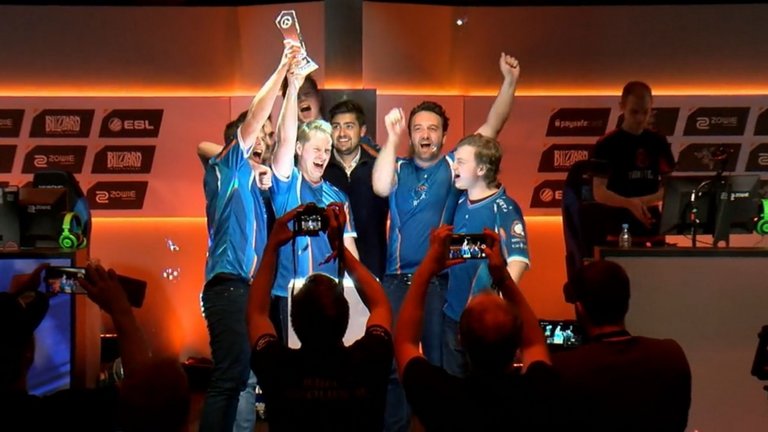
While the precursors to the Blizzard Overwatch League are in place, it would not be foreign for the team at Blizzard to use them as an inspiration, as opposed to copying their model. To determine which aspects to pull from, we’ll have to look at what makes the Overwatch competitive scene unique and how we can provide the optimal conditions to grow.
The first overwhelming quality to keep in mind is the high level of multinational teams at the top of the game. In particular, I want to focus on the North American mixed teams. Many of the top squads in NA feature quite a few Europeans. Most prominent are EnVyUs and FaZe, who are at least half European. The biggest problem with the creation of domestic leagues is the concept of region lock. This normally becomes an issue when a single region starts to surge ahead of the others. While the regions are relatively close now, Europe has demonstrated they are by far the strongest region in the world.
If North America were to form a league today, would EnVy and FaZe be considered European teams or would they be grandfathered in? This is a problem the LCS has run into regarding out-of-region imports. If a domestic team replaces their players with those from outside the region, it may turn off supporters of the team, especially when viewers will cheer for players from their own countries during international competitions. Beyond the importation issue, having cross region teams might create problems for determining who is eligible to join the league, especially if the top teams have a majority of non-region players.
The second thing to consider is how deeply Blizzard wants to be involved in the developing esports scene. Riot takes a very hands-on approach, creating studios specifically for the domestic leagues and building a crew of personnel for the production side. This requires a large amount of dedication, but Blizzard seems to be already heading in this direction. With MLG renovating their studios, Blizzard has the opportunity to follow Riot’s footsteps, by increasing their efforts in building a proper broadcast team. This building process often requires a company to dedicate its entire attention to growing this singular entity. While Riot is able to do this because they only have a single title right now, a multi-title company may not be able to focus everything on this project.
Making a place in Cooperstown
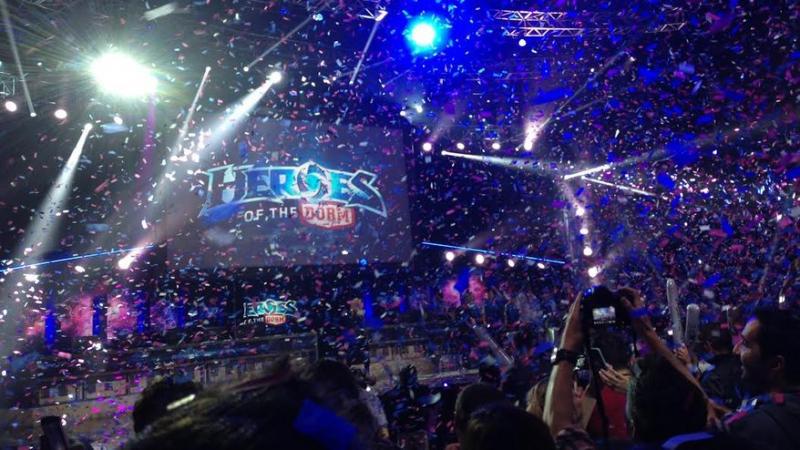
Of course, there are many other differences, but we can quickly conclude adopting either model entirely would not be the best fit.
The best decision seems to be a compromise between the two systems to create a more encompassing program. It would be interesting to see Blizzard adopt a shorter domestic league season. Creating two or three shorter seasons in a year would open up periods in the calendar for the big-ticket majors, which promote international competition. Having these leagues be free of region lock would be a good adaptation for the large number of multinational teams. Depending on the progress of in-game LAN functionality, Blizzard could make the decision to promote more offline opportunities for teams in less visible regions, opening the game and the community to a wider world audience.
Beyond the league setup itself, Blizzard will also need to consider the financial model they want to follow. Offering stipends to players would make really huge gains for player representation, but seems rather unlikely due to the lack of team houses, which eliminates the need for organizational operations compensation. I would really like Blizzard to go the route of DotA2 and allow compendiums to be sold to benefit overall prize pools (a change Riot has made very recently). This increase could make playing professionally full time a more realistic job if the prize pools match.
By choosing a halfway point, Blizzard could potentially bring together the best aspects of branding and marketing from both sides. Having a regularly occurring domestic league would strengthen player brands within the region, while crafting long running storylines and rivalries. Mixing in a regular major system would also increase the number of international clashes, an element fans of League of Legends have been clamoring about. For the audience watching on stream or in person, holding big esports events in other cultures exposes fans to the distinct accents other cultures offer across the world. For the players, having the new experiences is an underlooked contribution for why people choose to pursue the lifestyle. For writers, the prospect of composing a narrative for a complete competitive season is mouthwatering and gives us an opportunity to cover a well-loved game all year around.
Blizzard still has time to figure everything out. With an updated spectator mode coming next year, we don’t expect the league to be formally fleshed out until the improvement to the viewing experience is made. Overwatch is lucky to be developing in a period where the game’s competitive predecessors have made huge strides in perfecting their models. Regardless of which style they choose, Blizzard will be creating a trailblazer for competitive titles to come. You best believe it.
For more competitive Overwatch news, follow us @GosuOverwatch.

